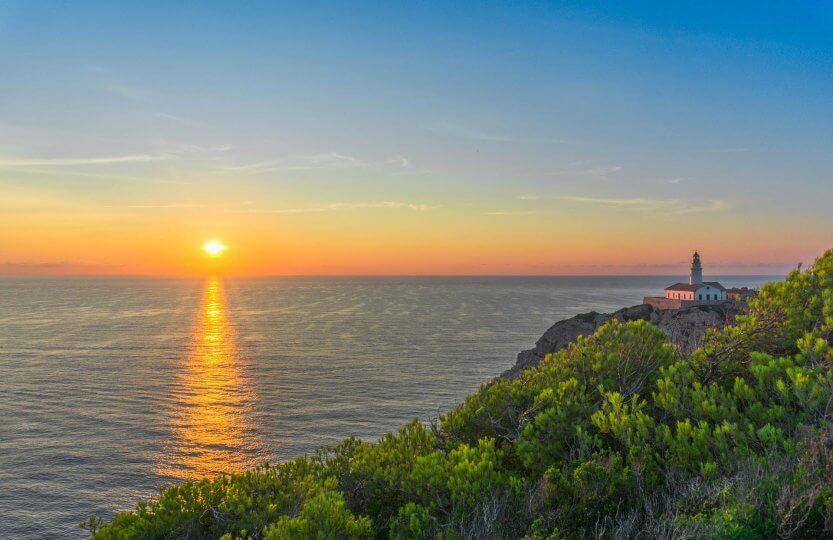It is an undeniable truth that water is a key element to life on Earth. However, our Blue Planet faces a water crisis that is not taken seriously worldwide. To bring this matter to light, “Brave Blue World: Racing to solve our water crisis” goes to space and back to Earth to alert, explain the causes, and show inspirational technologies to help solve this crisis. Released in 2020, this documentary is able to – in only 50 minutes – convey the message that governments, industries, and the common society should come together to act, innovate, and be conscious about how we use this irreplaceable natural resource.
Covering a bit of history: Before engineering structures, each person was responsible for their own water, including its collection, disposal after use, and so on. Needless to say, health issues were common. With the intervention of governments and the development of engineering, sanitation structures began to be implemented in order to engineer away the problem (wastewater). Therefore, healthier environments were stablished, and, throughout time, water and wastewater treatment plants would ground the provision of clean water and sanitation for society. The first water treatment plant was built in 1804 in Scotland, and the concept was further improved in the 1890s in America [1]. Much has been accomplished to provide healthy environments and the basic right of clean water and sanitation. Nevertheless, all of this is centralized, and, unfortunately, there are still countries and societies who endure hardships to this day just to have water.
Brave Blue World also touches on the topic of inequalities. When in Zambia, Matt Damon (co-founder of Water.org) spoke to a local 14-year-old kid who has to walk miles to get water for her family from a bore-well. She told him she wants to go to the big city and become a nurse when she grows up. These circumstances affect the lives of people in underdeveloped countries, preventing them to have education, achieve their dreams and improve their lives. Currently, there are organizations, such as Matt Damon’s, who provide microloans to people from the global south to help them buy their own filters and technologies to have access to clean water. They can pay back 6 dollars a month, and their overall feedback is that 99% of the loans are duly paid. Simple initiatives can create massive impact on people’s lives and the planet.
Today the largest water treatment plant of the world is located in Chicago, which is home to around 3 million people. This means that not only there is an immense water supply demand, but also that an average of 750 million gallons of wastewater are discharged every day. Due to the high amount of organic matter and nutrients present in wastewater, it can cause eutrophication in rivers and lakes. Besides touching the water crisis, the documentary also brings to attention that, although present in wastewater, phosphorus is a finite resource, essential to living beings, which might be in shortage by 2035. From that, Brave Blue World presents a technology that harvests nutrients from wastewater to produce an agricultural fertilizer, showing that turning “waste” into resource is the best way to sustainability.
Spain, Denmark, USA, Mexico, and India are some of the countries showing examples of innovation to mitigate the water crisis. These span from simple solutions, such as reuse, water recycling and a “water box”, to outstanding ideas, like aquaporin proteins and biofuel from wastewater to drive your car. The water crisis is a global one, which is also accentuated by climate change, pollution, and infrastructure failure. Poor sanitation is the cause of death of more than 1,200 children under 5 years old every day- that is more than tuberculosis, measles, and AIDS altogether. Everyone is responsible for this. It is crucial to rethink our water demand and uses. Environmental topics, such as climate change and water crises, should be covered by the school curriculum. Brands and industries should also re-assess their ways of production, and governments should support both nature and society with policies and finance in order to revert this scenario. “Brave Blue World: Racing to solve our water crisis” is an alert, food for thought, a cry, a bust of inspiration and a must-watch. You can stream it on Netflix.
References:









